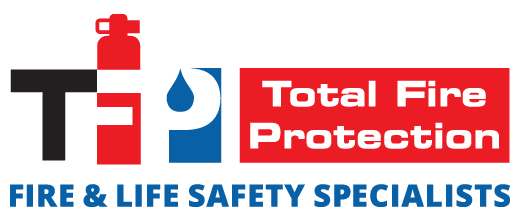 When your building has a fire sprinkler system in place, you must ensure it works the right way. Sprinkler systems have many features in place that help them to work correctly. One fire sprinkler system feature your commercial building should have is fire sprinkler backflow preventers.
When your building has a fire sprinkler system in place, you must ensure it works the right way. Sprinkler systems have many features in place that help them to work correctly. One fire sprinkler system feature your commercial building should have is fire sprinkler backflow preventers.
What is Fire Sprinkler Backflow?
Fire sprinkler backflow is when the water goes the opposite way in a sprinkler system. In other words, instead of going out towards the sprinkler head, the water heads back towards the water source. This is not a good thing as stagnant water in the sprinkler lines can contaminate the water source if it flows backward. That’s why it’s vital to have backflow preventers in place.
What Are Preventers?
Fire sprinkler backflow preventers are features in the sprinkler line that prevent the water from flowing back towards the main water source. This will prevent contamination of the water source. You can choose from two types of preventers including:
- RPZ Valve Assembly: The RPZ preventer is used when there are hazardous applications involved, such as in the case of chemicals
- Double Check Valve Assembly: Double check valve assembly preventers are put in place when you have a traditional fire protection system
Why You Need Testing of Preventers
When you have backflow preventers in place, you need to test them regularly in accordance with local regulations in your area and National Fire Protection Association (NFPA) standards. This inspection and testing must be done by a professional backflow tester.
The certified specialist will perform a forward flow test and backflow performance test. The forward flow test evaluates the flow rate and ensures the system is able to get enough water supply when needed. The backflow performance test looks to see that the backflow preventer system is working so no potential contamination issues occur.
Risk of Not Having This Work Done
It’s vital to have a fire sprinkler backflow preventer test done periodically. If not, you could have a problem with your preventers which could cause water contamination that’s harmful to the water supply and the people who use it. Plus, this type of testing is often required by regulations, so you’ll likely need to have this testing performed on a periodic basis.




